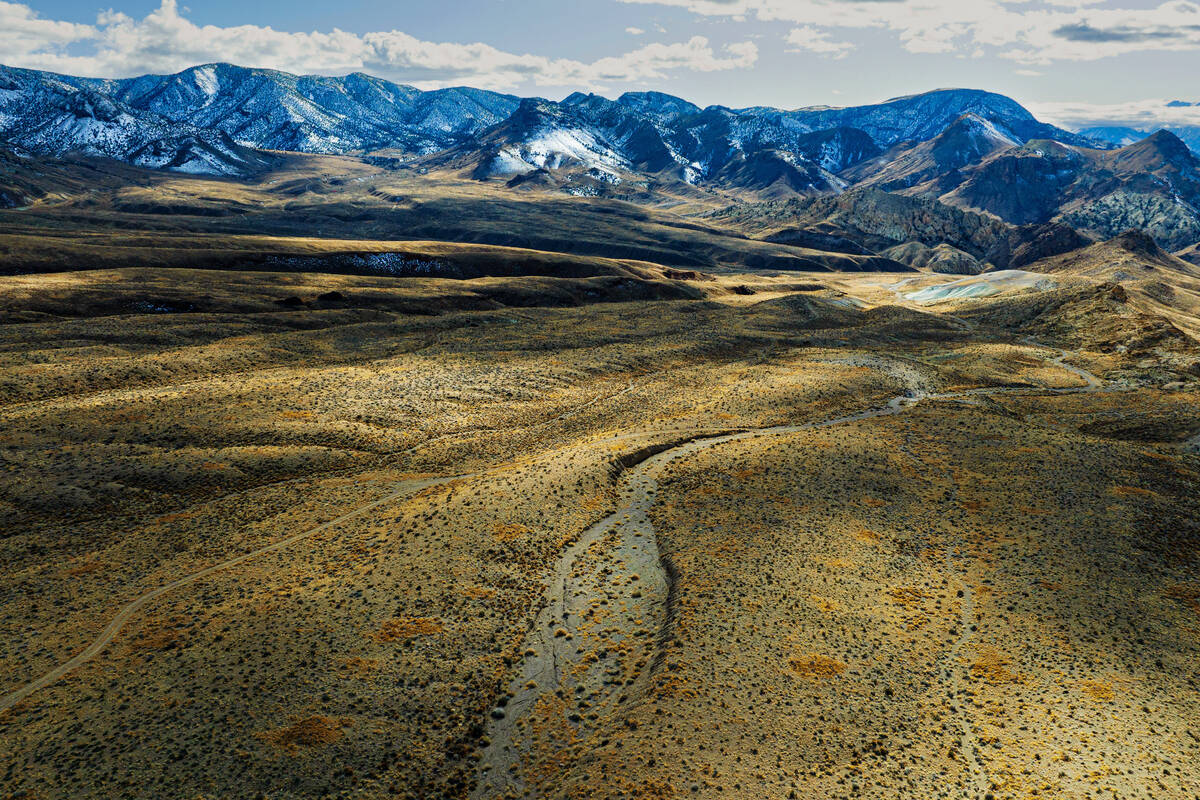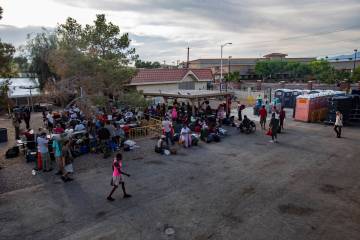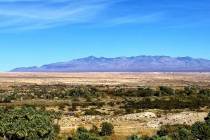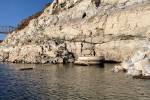EDITORIAL: Stalled lithium mine reveals high cost of red tape
One hundred and seventy-two million dollars doesn’t buy what it used to.
Consider this. The Hoover Dam cost $49 million and took about five years to build. The Empire State Building, which was then the tallest building in the world, cost around $41 million and was constructed in just one year and 45 days. The Golden Gate Bridge cost $35 million and was done in four years and four months.
Things are different now. Ioneer, an Australian mining company, wants to mine lithium at Rhyolite Ridge, in a remote part of sparsely populated Esmeralda County. Rhyolite Ridge contains the largest known deposit of lithium and boron in North America. Lithium is a key component in electric vehicle batteries, which the progressive activists push in an attempt to reduce carbon emissions.
The company projects its annual output would provide enough of the metal for 370,000 vehicle batteries. In total, it says there’s enough lithium there for 50 million cars.
Ioneer began working on this project in 2016. It has spent $172 million, but it hasn’t produced a single ton of lithium. That’s because the project is stuck in regulatory purgatory. The company doesn’t yet have permission to begin.
If you took global warming hysteria seriously, you would expect environmentalists would be big fans of the project. After all, President Joe Biden has claimed global warming is an “existential threat to human existence as we know it.” Patrick Donnelly, Great Basin director for the Center for Biological Diversity, tweeted Thursday, “The number one threat to Nevada’s public lands is climate change.”
But environmentalists want most of this country’s natural resources to remain underground. Among other concerns, Mr. Donnelly’s group worries the mining will affect the habitat of the Tiehm’s buckwheat, an endangered plant.
But it’s hard to take the green movement seriously when it promotes a radical and immediate transition to renewable energy but continues to throw up roadblocks to virtually every new project, renewable or otherwise, necessary to achieve its supposed agenda.
This is a costly example of how bureaucratic hurdles stifle the American economy and drive costs higher. Companies are capable of investing and building, creating jobs and producing needed products. But too often, government red tape stands in the way. Building a new Hoover Dam today is unthinkable. Regulators and environmentalists would stall it for decades.
Certainly, there’s a responsibility to be good stewards of public lands, and mining projects present unique challenges. But if you seek to force Americans into electric vehicles, you also need to tap the minerals and raw materials necessary to produce those vehicles. Unless, of course, there’s another agenda in play.




























